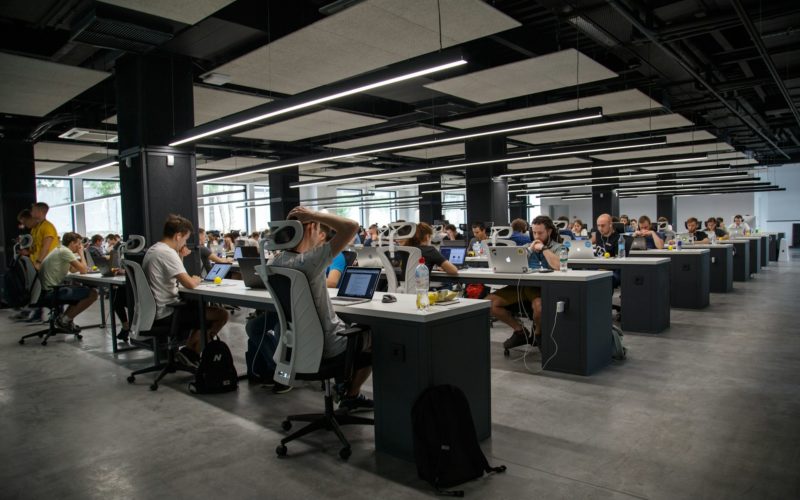Moving offices can be a big job, but it’s also a chance to start things new. Moving is always a challenge but moving an office adds several extra layers of complexity. Sometimes, you may even need to keep working while you make the move.
From the initial planning phase to moving day, a lot of strategic planning is involved. Some of the equipment you’ll be moving may also be delicate and sensitive, which makes it even more complicated. In this article, we will go over some of the strategies you’ll need to use to make the office move go smoothly.
1. Logistics
When it comes to the logistics and operations of moving an office, planning and organization are key. The first major step is hiring a professional moving company.
You’ll want to choose a company that has experience with office relocations and can handle the specific needs of your business. When you work with professional movers, they can help ensure that everything from your office chairs to your IT equipment is moved safely. They have the experience and tools to make the move, such as ratchet straps that ensure larger items stay in place and are protected during transportation.
An integral part of the moving process is inventory management. Before the move, take the time to catalog all your assets and equipment. This is a good opportunity to decide what should be kept, discarded, or donated. For businesses managing complex relocations, temporary storage solutions can provide secure, climate-controlled spaces to protect office equipment and furniture while minimizing disruption to operations.
Planning your IT infrastructure move is essential to make sure there isn’t any downtime. This includes ensuring that your internet and phone services are set up and ready to go from day one in the new location.
2. Keep communications open
Good communication helps reduce stress and confusion. Start by sharing the moving plan with all employees. Let them know the moving dates, new office location, and how the move will affect their work. Plans can change, so it’s important that employees receive any news quickly.
Make sure that employees are included in the moving process to keep things moving. Assign tasks related to the move, like packing their personal and work items. This not only helps with the moving process but also makes employees feel more involved. Encourage them to give suggestions and feedback about the new space. This can include ideas for the layout or facilities in the new office.
3. Moving day
Make sure everything is ready before moving day. Create a checklist for the last day in the old office. This should include making sure everything is packed and labeled. Also, double-check that nothing important is left behind.
On moving day, always check in with the moving company. Make sure they know where everything goes in the new office. It’s normal for unexpected challenges to pop up. Once everything is moved, check that all items have arrived safely and are in the right place.
After the move, it’s time to set up the new office. Unpack and organize everything as planned and make sure IT systems are up and running.
Conclusion
Moving your office can be a complex and challenging process, but with the right strategies in place, it can also be an opportunity for a fresh start. By focusing on detailed logistics, maintaining clear communication with your team, and being prepared for moving day, you can minimize disruptions and ensure a smooth transition. Careful planning, from organizing your assets to setting up your new workspace, will help your business stay on track and get back to full productivity as quickly as possible.












